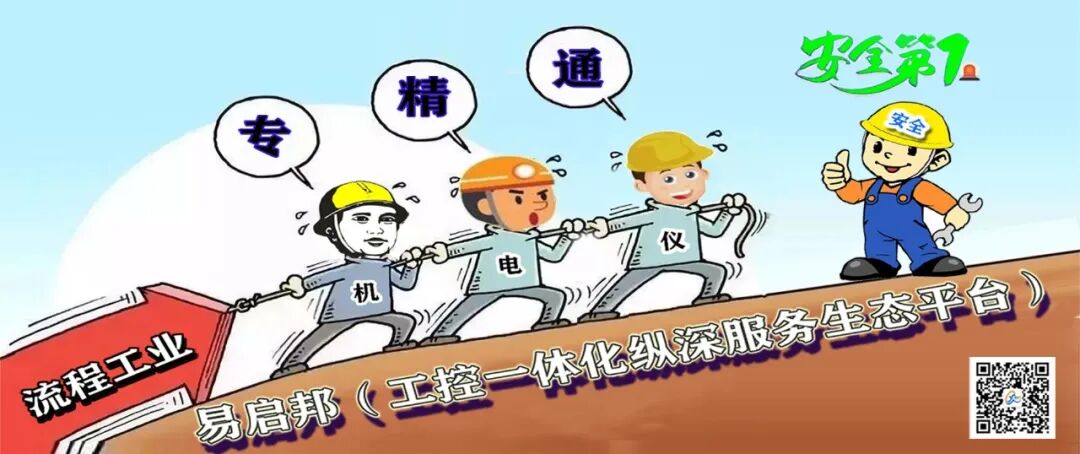

The entire set of instructions possessed by a PLC is referred to as the PLC’s instruction system. The instruction system represents the performance or functionality of the PLC. Generally speaking, a PLC with strong functionality and good performance will have a rich instruction system, not only with a variety of instruction types but also with powerful functions, allowing it to perform many tasks.
Early programmable controllers had fewer instructions; for example, OMRON’s C20 model had only 27 instructions, and their functionality was not strong. Later products, such as the CPM1A model, despite being a small machine, had 41 types and 148 instructions. Larger machines, like the CV1000, had over 300 instructions. Recent products, such as the CJ1/CJ1H models, despite being small machines, have nearly a thousand instructions, including very powerful instructions for text and file processing.
The PLC instruction system is hardware-based, and since the languages used are not standardized, the instruction systems of different manufacturers’ PLCs vary. Even within the same manufacturer, different models of PLCs may have different instruction systems. Understanding the instruction system is essential before programming a PLC. Being unfamiliar with the instruction system is akin to not understanding grammar and misusing a language, which leads to poorly designed PLC programs.
Broadly speaking, the system function blocks and functional blocks provided by manufacturers should also be considered part of the instruction system. For example, Siemens PLC function blocks FB41, 42, and 43 are used to implement PID algorithms, which are essentially PID instructions found in other PLCs. Most high-performance PLCs today have such function blocks, and these function blocks typically have stronger capabilities than general instructions.

What are the classifications of instructions?
To deepen the understanding of PLC instructions, we will first analyze the classification of PLC instructions and then briefly introduce some commonly used instructions. Some special instructions that will be needed will be introduced in later chapters.
1. Classification by the number of operands
If we consider the number of operands, we have:
(1) No operand instructions For example, the END (program end) instruction and NOP (no operation) instruction, which only have operation codes and no operands. There are not many such instructions.
(2) Single operand instructions For example, the LD (load) instruction, which requires an operation code (LD) and an operand (bit address).
(3) Multiple operand instructions For example, the MOV (move) instruction, which requires an operation code (MOV) and both the source address and target address for the data being moved. After execution, the content from the source address is transferred to the target address.
Multiple operands can include up to three operands. For example, the ADD (add) instruction has three addresses following the operation code ADD: the first operand is the addend; the second operand is the summand; and the third operand is the sum.
The number of bytes and words occupied by an instruction in memory is related to the length of the instruction. Single-word and double-word lengths occupy one word. Multi-word instructions occupy more than one word. For instance, in Mitsubishi PLCs, one step occupies four words. Some PLC instructions occupy memory addresses in terms of “steps.” The “step” in OMRON CJ1 is essentially the same as the previous word, and OMRON provides methods for conversion.


Review of Past Events
Post-event report || The 2025 Second National Forum on Intelligent Operation and New Safety Technology for Large and Medium-sized Chemical Enterprises (Electromechanical Instruments) was grandly held in Nanjing, Jiangsu.
Post-event report || The 2024 National Tour Lecture on Young and Middle-aged Scientific and Technological Talents in the Chemical Field (Electromechanical Technology) was grandly held in Yichang, Hubei, the world hydropower capital.

About Us:
To assist in building a new digital ecosystem in China and to provide innovative ideas for the sustainable development of the process industry, a group of senior professionals from the upstream and downstream industrial chain of the process industry jointly establishedYiqibang (Integrated Service Ecosystem for Industrial Control), preparing to establish the “Smart Operation Think Tank Technology Development Center, National Automation Equipment Industry Development Center, Integrated Innovation Talent Center, Yiqibang Automation Craftsman Academy,” and build the Industrial Control E-Station network information platform, operate the Yiqibang public account, and strive to create the most valuable, resource-sharing “Technical Innovation Research Platform—Engineering Application Consulting Platform—Scientific and Technological Achievement Transformation Platform—Public Service Sharing Platform“.
Yiqibang serves the integrated industrial chain of the process industry, supported by the Industrial Control Think Tank for technology, with the aim of wholeheartedly serving China’s industry, striving to build the most valuable, open industrial control full-process industrial chain integrated service ecosystem, providing services for the essential safety of the entire industrial process, and effectively promoting the acceleration of the technological revolution to integrate and upgrade the industrial development.
Digitalization and intelligence are the inevitable trends in the current development of the manufacturing industry, and the future of the process industry will undoubtedly move towards high-quality development through digital and intelligent transformation. Digital transformation is a process full of opportunities and challenges, and in the future, we look forward to working together with everyone to build the “Yiqibang” service platform, seeking development, creating value, sharing benefits, and winning the future together.

Wholeheartedly
Serving the construction of an industrial power

Source of materials丨People’s Daily, Xinhua News Agency, and publicly available information from industry self-media platforms (some excerpts from the internet)
Text and image editing丨Industrial Control House Xiao Zhang
Submission contact丨13121795795 (same as WeChat)
Disclaimer丨This platform reprints articles for the purpose of conveying more information rather than for profit, and is for readers’ reference only. It does not represent the views of this platform, and please assume full responsibility! If there is any infringement, please contact us for deletion! Any original or shared articles marked as sourced from this platform are not allowed to be reproduced without permission, and violators will be held accountable! For reprints, please contactus to obtain authorization and reprint methods.
Your sharing is the driving force for our progress